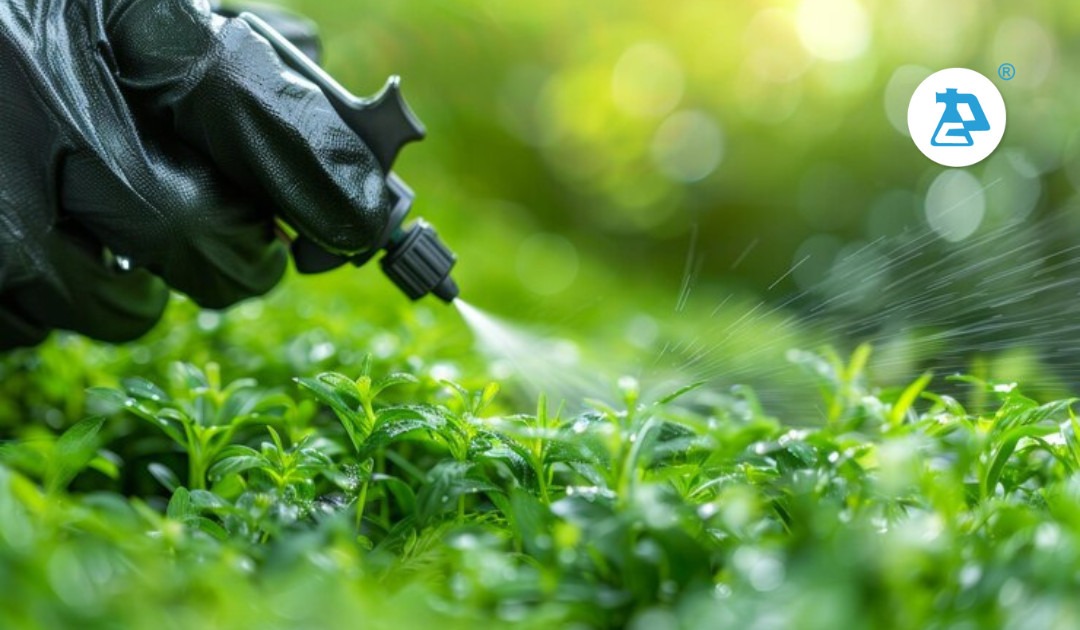In recent years, the push for farmers to use biofertilizers has increased manifold. The reasons for this have also been many, and deep-rooted in the environmental effects of chemical fertilizers on the soil and the crops over the course of many years. To fully grasp the capabilities of biofertilizers, one must first understand how it is different from chemical fertilizers and how exactly it is advantageous both environmentally and economically.
How biofertilizer is different from chemical fertilizer
By definition, a biofertilizer is a natural substance containing living microorganisms that enhance soil fertility and promote plant growth by facilitating nutrient availability. These microbes include mycorrhizal fungi, blue-green algae, and bacteria. They possess the property of nitrogen fixation through which nitrogen becomes available for plants to absorb and use. They differ from chemical fertilizers in several ways, primarily in their composition- biofertilizers do not contain synthetic chemicals but instead rely on natural biological processes, thereby minimizing any side-effects to the crop or the soil.
Environmental benefits of biofertilizer
In the agricultural industry, biofertilizers have been somewhat of a breakthrough solution for farmers struggling with high-priced chemical and other fertilizers, and problems such as degradation of soil quality and poor quality crops. A few main advantages of biofertilizers on the environment are as follows:
- Improving soil fertility
Due to repeated use of harsh chemicals over many years, the soil that absorbs these chemicals slowly degrades and loses its original high quality. What this means is that with every harvesting season, the soil fertility keeps worsening. This damage can not only be prevented but also reversed through the use of biofertilizers, which have the ability to unlock nutrients in the soil and facilitate biological processes for this purpose.
- Aiding Food Security
Biofertilizers also protect the crop from other possible damage caused by factors like extreme temperatures, salinity, drought, etc. In the face of such intense climate change that we are facing today, ensuring food security has a primary responsibility. Using biofertilizers can help in this aspect, as they reduce the fluctuations experienced in yield, and simultaneously improve the adaptability of crops.
- Working towards sustainable farming
Biofertilizer products are composed of beneficial microorganisms, including nitrogen-fixing bacteria, phosphate-solubilizing bacteria, and mycorrhizal fungi. This supports a balanced ecosystem, creating an agricultural system that is robust and ready for the future.
Recognizing economic potential
Apart from its environmental advantages, biofertilizer also works in favour of the agriculture process economically. From production to usage to post-harvest cleanup, this kind of fertilizer offers many positive aspects that chemical fertilizers do not. Some of these include:
- Lower manufacturing cost
Biofertilizers do not require any expensive chemical components in order to be manufactured. These synthetic components often have to be imported and cost many times more than the production cost of natural fertilizers. This also employs the use of locally-available raw material.
- Improved crop yield
Biofertilizers facilitate an enhanced nutrient uptake of the soil. This leads to a better crop yield, both in quality and quantity. The resulting increased crop productivity gives way to greater returns for the farmer. This means that the same area of farm land, while using biofertilizers, can produce a yield that is many times more than if one were to use synthetic ones.
- Reduced clean-up costs
A common result of relentless use of chemical fertilizers, along with soil degradation, is water pollution. Rainfall or excessive irrigation causes these unused chemicals to be washed off the soil surface and carried into nearby water bodies like rivers, lakes, and groundwater. After prolonged periods, this becomes expensive and complicated to clean and filter. By using biofertilizers, water pollution does not come into the picture.
The steady use of biofertilizer is a long-term investment not only in the crop and land, but also the quality of the lives of farmers and a path towards 100% sustainable farming.






